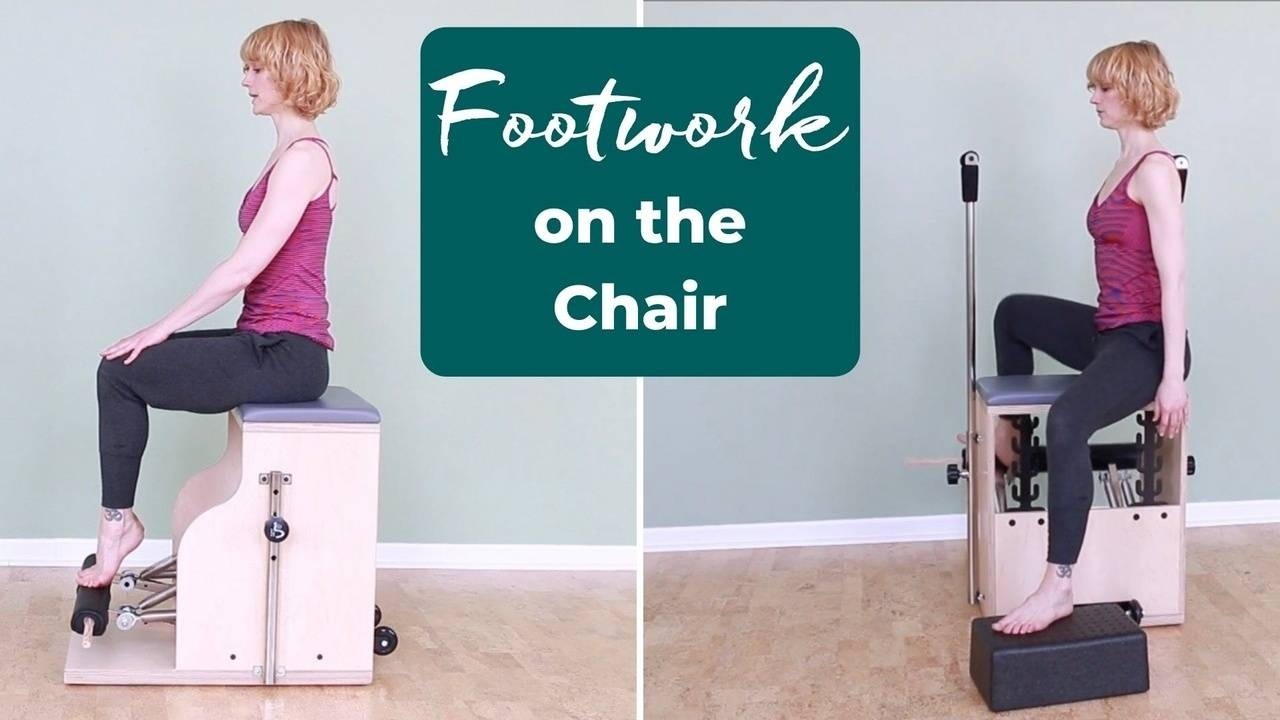Footwork on the Chair
Sep 25, 2019
Footwork on the Chair is also called Double Leg Pumps. It's often the first exercise in a chair class or sequence. It prepares the body for an upright position and improves lumbo-pelvic stability and hip dissociation.
The most important thing is to sit right on top of your sit bones while your legs are moving up and down.
A typical mistake is to allow the pelvis to tip forward and back as the legs move. In some people, the pelvis moves with the legs (pelvis tips forward when the legs go down) and in other people, it moves in opposition in an attempt to counterbalance (pelvis tips back when the legs move down).
Choose spring tension that is heavy enough that the pedal supports the weight of your legs at least a bit (to avoid overworking your hip flexors), but not so heavy that you're unable to maintain your neutral lumbar spine when pushing down.
The majority of Pilates exercises move on the sagittal plane. This makes variations that move the body through the other planes of movement a great addition to your Pilates class or practice.
Related:
Pilates Chair Modifications For Range Of Motion
The Straddle or Side Sit variation of Footwork on the Chair externally rotates your hips.
In addition to strengthening your quadriceps, hip extensors, abdominals, and lumbar spine stabilizers, the Side Sit variation also targets your adductors and external hip rotators.
Due to its unilateral movement (only one leg is pumping) it challenges your trunk stability on the frontal plane, which strengthens your obliques.
Related:
Ankle Plantar and Dorsiflexion on the Chair
Here are a few more verbal and tactile cues for the Straddle variation of Footwork on the Chair:
- Spiral your thigh outward on the upward and downward movement.
- Place one hand to the inside of both knees, and press your knees back to increase the amount of external hip rotation, and activate your external hip rotators.
- Open both knees equidistant.
- Avoid allowing the torso to “help” by leaning to the side of the pedal (counterbalancing).
Are you looking for even more teaching tips for this and other Pilates exercises? Check out the Pilates Encyclopedia membership...










